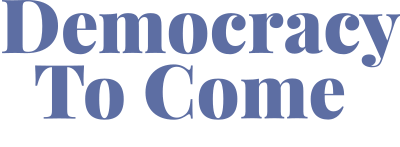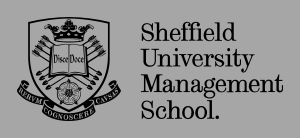One of the most rewarding and enjoyable areas of research I have been involved with over the past few years has revolved around a study of Disney animations and their relation to work and organizational life. For a quick and accessible overview of our research see a piece inThe Conversation (and reprinted in The Independent) my co-author Mark Learmonth and I wrote to coincide with the release of the Disney animation, Moana. The research involved watching and analysing 54 of the “classic” Disney animations and attempting to explore what they are suggesting to a young audience watching about work, management and other aspects of organizational life. This analysis led to research being published in Organizational Studies – whistle while you work: Disney animation, organizational readiness and gendered subjugation. The paper’s exploration of Disney’s earlier animations suggests the films circulated norms of gender that girls should be weak and avoid work. In contrast, its contemporary productions circulate gender norms that suggest girls should be strong and engage in paid work. In this reading, the continued circulation of earlier alongside contemporary animations may convey to young viewers a paradox: girls must and must not work; they must be both weak and strong. Within the article we offer new insights into the puzzle of the continued relegation of women to the sidelines in organizations.

This was followed by a more conceptual piece about the wider aspects of Organizational Readiness in Academy of Management Learning and Education, Organizational Readiness: Culturally Mediated Learning through Disney Animations. It provided a wider basis and foundation of what we now refer to as organizational readiness – the social and cultural influences which shape our understandings of work and management and organizational life as we grow up. There will be many such influences, all competing with each other in different ways.

Disney was chosen as a lens for this study (to show one example of organizational readiness) because most of us will have had some interaction with these films as we have grown up. Given the influence of the films on popular culture it would be rather odd if you had not seen at least one of them by the time you were 18. The papers mentioned above explored what we found to be a running theme in Disney films to portray work as dangerous and dirty (think Cindarella, Snow White, Pinocchio all being subjected to horrible working conditions) and managers as manipulative and bad (think Stromboli in Pinocchio or the Wicked step mothers in both Snow White and Cindarella).

Yes, somewhat surprisingly, classic Disney films have a running capitalist critique within them (which flies in the face of its own role as capitalist success story). However, rather than suggest these oppressed workers rebel or resist the films then seem to suggest they should “whistle while you work” – put on a smile and get on with working hard until they are eventually rescued and taken back to a non working environment. This was particularly prevalent in the earlier Disney films but more recently the final stage of the pattern has morphed in to the individual refashioning a job role from a miserable dominated one to an alternative position that aligns with the identity of the individual. So Tiana, in The Princess and the Frog goes from waitress (experiencing terrible working conditions and manipulative managers) to restaurant owner, Judy in Zootopia makes a similar journey from meter maid (traffic warden) with an overbearing boss to a proper, fully empowered, police officer. The more recent Disney films have replaced rescuing with identity fulfillment through work – it has become about the struggle to become the best version of oneself with the help of friends and people we respect.

The next stage of this project is to conduct empirical research to see what children actually do think about work and management. We are going to explore different aspects of organizational readiness in practice. Check back soon for details of an upcoming project with a primary school (involving them drawing pictures of their future workplaces and writing about them). I will introduce this more extensively in a future blog post!






